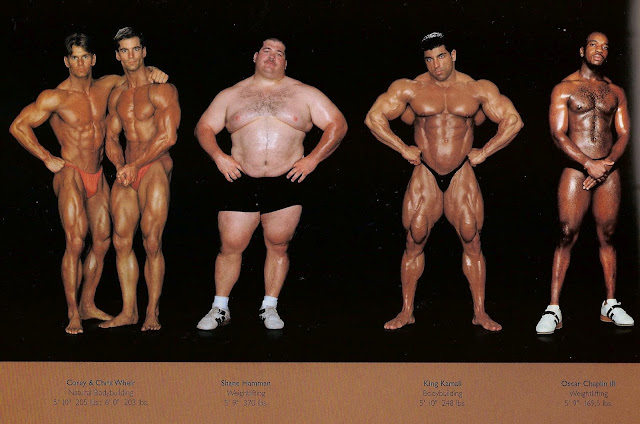Helmut Newton: Bare and Naked Fashion
Turn the pages of almost any fashion magazine and it's very likely that you'll find a scantily clad lady or ladies in a number of advertisements. While most of them will be very tame compared to the bare and naked fashion photographs of David LaChapelle and Herb Ritts, these images wouldn't exist without the pioneering work of the fearless Helmut Newton.
Helmut Newton first became interested in photography as a boy, but events in his young life meant that he wouldn't be able to fully practice it professionally until much later in life. He was born to a Jewish family in Berlin, and while he had a relatively sheltered childhood, the growing anti-semetism in the country forced him and his family to flee in 1938.
Newton left Germany and arrived in Singapore and then travelled again in 1940 to Australia. During his stay in the country, there were some opportunities for him to pick up his camera, but the circumstances back then forced him to other methods of livelihood, first as a fruit picker, then as truck Driver in the Australian Army. It was only after the end of World War II in 1946 that he became serious about photography, opening up a fashion studio in Sydney. A year later, Newton met Alice Springs who would become his wife and lifelong partner in his photography career.
Newton's name has been associated with the fashion magazine Vogue as far back as the 1950s, and his relationship with the magazine began just as he was becoming successful with his photography in Australia. After having exhibited a few of his works as part of the new artistic movement in the country, Newton was invited to shoot for Australian Vogue in 1956. In 1957, he left for London to shoot for British Vogue.
In 1961, Newton moved to Paris and it was here that his now famous style of photography began to develop. His images became more erotically charged and gained an aggressive sexual undertone in them. Many of his now famous publications were shot in or around the city, including "White Women" (1976), which revolutionized the fashion industry with its stark black-and-white nudes, "Sleepless Nights" (1978) which contained even more fetish-like photography, and "Big Nudes" (1981), which became his best seller.
Of course, Newton's images sparked much controversy, and while one camp praised his forward and fearlessly erotic style, another was condemning him for his weird and hypersexual themes that bordered on the edge of softcore pornography. Even today, some musuems refuse to exhibit his work because of the nudity involved.
While no one can argue that sex was indeed a major part of Newton's style, it would be unfair to stop right there and dismiss the beautiful photographs that he created. At the end of the day, Newton aimed to photograph the subjects that he believed to be beautiful. Fortunately for some readers, those subjects mostly turned out to be naked women.
The Helmut Newton Foundation carries on the late photographer's legacy. Newton's bare and naked fashion photographs are available in dozens of hard copy editions, but the most popular include Helmut Newton: Sumo, Helmut Newton: Polaroids and Helmut Newton: the stern years 1973-2000 (Stern Fotografie) (English, German, English and German Edition).











Love high fashion. =p
ReplyDeletei love naked chicks
ReplyDeleteErotic and not at all sleazy!
ReplyDeleteAh, but nudity is art in such a pure form. It takes a developed mind to accept this and turn it into what he did.
ReplyDeleteKUDOS to this Newton and the trailblazing work he did for the modern hot/nekkid women craze in fashion. =p
ReplyDeleteWow, very risqué but these pics are gorgeous and tasteful. I'm definitely familiar with LaChappelle but had never heard of Newton, that's for teaching me something new. It's cool he was so influential for decades
ReplyDeleteNice post, have a great weekend Jay
~Dale
Great photos, and I like the changes to the site. No more pop-ups or intrusive features. Catching up on archives now.
ReplyDelete